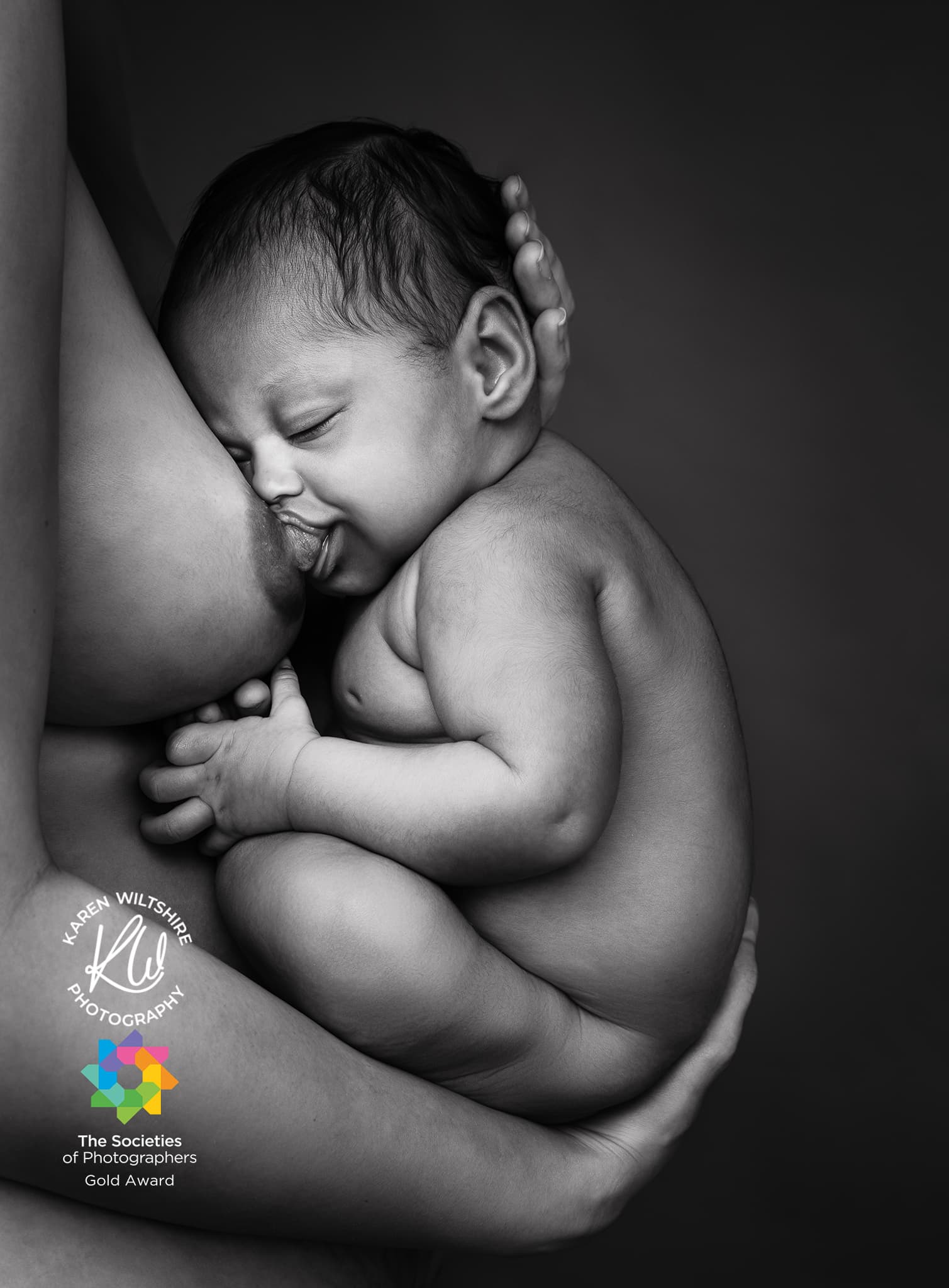Digital Photography Workshop: Unlocking Your Imaginative Vision
With a collection of hands-on workouts and experienced advice, you will certainly discover exactly how to harness the power of viewpoint, master light and shadow, explore innovative structure techniques, unleash your creative imagination with post-processing, and capture feeling and storytelling in your pictures. Led by seasoned experts in the area, this workshop will offer you with invaluable understandings and functional knowledge to unlock your imaginative vision and create fascinating aesthetic stories. Whether you are a newbie or an experienced digital photographer, this workshop is designed to expand your perspectives and push the borders of your imagination.
Recognizing the Power of Point Of View
Comprehending the power of point of view in photography involves choosing the ideal angle and viewpoint to efficiently share the desired message or stimulate particular feelings in the customer. As a digital photographer, one should identify that the way a topic is recorded can greatly impact the overall interpretation of a picture. By strategically picking the perspective, digital photographers can manipulate the visitor's understanding, leading them to focus on specific aspects or really feel a specific way.
Viewpoint refers to the setting where a picture is taken. It determines the connection in between the subject and its surroundings, influencing the visual characteristics and depth in a photograph. For instance, capturing from a reduced angle can make a subject appear even more enforcing or leading, while firing from a high angle can create a feeling of vulnerability or insignificance. The option of perspective can additionally identify whether a subject shows up friendly or far-off, intimate or removed.

Mastering Light and Darkness
To properly capture the significance of a topic in photography, professional photographers have to understand the interaction of light and shadow. Light and shadow have the power to transform an average scene right into a exciting and dramatic picture. Recognizing how to manage and adjust light and darkness enables photographers to produce deepness, structure, and state of mind in their photos.
One secret facet of understanding light and darkness is recognizing just how to identify and utilize different types of lighting. All-natural light, as an example, can differ relying on the moment of day, climate condition, and place. Professional photographers should learn to adapt to these variants and maximize the readily available light to boost their topics.
In enhancement to natural light, professional photographers can also try out synthetic illumination resources to produce one-of-a-kind effects. Workshop lights, off-camera flash, and light modifiers such as diffusers and reflectors can all be utilized to regulate the light and shape in a scene.
Comprehending the relationship in between light and shadow is critical in producing visually striking compositions. By purposefully putting the subject in connection with the light resource, professional photographers can create intriguing patterns, shapes, and contrasts. The interaction of light and darkness can add depth, measurement, and visual passion to a picture.
Exploring Imaginative Structure Techniques
Continually refining their skills in light and darkness manipulation, photographers dive right into the realm of discovering innovative composition strategies to additionally enhance their photo vision. Structure is a vital element in digital photography that involves preparing the different components within the frame to develop an impactful and aesthetically attractive photo. By understanding and using imaginative composition strategies, photographers can raise their job from regular to amazing.
One of the most basic techniques is the guideline of thirds. This strategy involves splitting the structure into nine equivalent parts utilizing 2 horizontal and 2 upright lines. Placing sights along these lines or at their crossways helps to produce a well balanced and visually pleasing structure.
One more strategy is leading lines, where lines within the structure are used to direct the audience's eyes towards the primary subject. These lines can be naturally occurring, such as roads or rivers, or artificially created, like fencings or barriers.

Additionally, photographers can explore various point of views, such as low angles or high angles, to develop compelling and special make-ups. They can also explore the usage of adverse space, balance, patterns, and appearances to include visual impact to their pictures.
Unleashing Your Creative Imagination With Post-Processing
Post-processing deals photographers the chance to unleash their creativity and boost their photos to brand-new degrees of creativity and visual effect. This stage of the photographic process includes improving and controling photos using software application tools such as Adobe Photoshop or Lightroom. With post-processing, professional photographers can deal with exposure, change shade equilibrium, get rid of disturbances, and use imaginative impacts to their pictures.
Among the key advantages of post-processing is the capacity to bring out the complete potential of an image. It allows digital photographers to create a specific mood or environment by readjusting the tones, comparison, and saturation - photography courses. Furthermore, post-processing makes it possible for the artist to try out different imaginative styles, such as adding a read more vintage look, using a dramatic black and white conversion, or perhaps producing unique effects
Furthermore, post-processing can assist digital photographers get over particular restrictions of their equipment. For example, it permits the merging of several exposures to produce spectacular high dynamic variety (HDR) images or the elimination of unwanted things or individuals from a scene.
Nonetheless, it is crucial to keep in mind that post-processing must not be used as a prop to repair badly made up or exposed pictures. It is best used as a tool to boost and enhance the photographer's innovative vision.
Recording Emotion and Narration in Your Images
By catching feeling and narration in your photos, you can evoke effective narratives and create a much deeper link with your audience. Photography is an art kind that exceeds catching a minute in time; it has the capacity to convey emotion, inform stories, and move the audience into a various world. When you can successfully record feeling in your pictures, you can develop photos that resonate with your audience on an extensive degree.

One way to record feeling in your images is to concentrate on the topic's faces and body movement. photography trips. These visual signs can connect a wide variety of feelings, from pleasure and excitement to unhappiness and contemplation. By focusing on these information, you can capture the significance of a minute and evoke a psychological response from your customers
Along with catching feeling, storytelling is one more crucial element in digital photography. A photograph can narrate by recording a single minute or by recording a series of events. The structure, lighting, and topic all add to the story of the image. By meticulously selecting these aspects, you can develop a story that engages your audience and triggers their imagination.
Capturing emotion and storytelling in your pictures needs method and an eager eye for information. It has to do with discovering find the ideal minute, the appropriate angle, and the appropriate make-up to convey your intended message. By mastering these techniques, you can create photographs that not only capture the attention of your audience but blog also leave a long lasting perception.
Conclusion
Finally, the photography workshop offered useful insights into unlocking one's imaginative vision. By understanding the power of perspective, understanding light and shadow, exploring creative make-up strategies, and letting loose creative imagination via post-processing, participants were geared up with the devices to catch emotion and storytelling in their photos. This workshop has actually unquestionably enhanced their photography abilities and enabled them to reveal their creative vision through aesthetic narration.
To successfully capture the essence of a subject in digital photography, digital photographers have to grasp the interplay of light and shadow. Recognizing how to regulate and control light and shadow permits digital photographers to create deepness, structure, and state of mind in their photos.
By strategically positioning the subject in relationship to the light source, photographers can produce interesting patterns, shapes, and contrasts.Constantly developing their abilities in light and shadow adjustment, professional photographers dive into the realm of checking out imaginative composition strategies to better enhance their photo vision. It enables professional photographers to create a certain state of mind or atmosphere by adjusting the tones, comparison, and saturation.